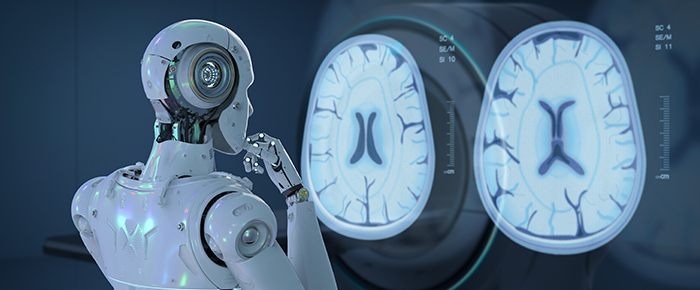
AI Powers Non-Invasive Disease Diagnostics with Breath AnalysisAI Powers Non-Invasive Disease Diagnostics with Breath Analysis In a groundbreaking advance in medical technology, Artificial Intelligence (AI) is revolutionizing disease diagnostics by empowering non-invasive breath analysis. This breakthrough offers unparalleled potential to transform healthcare and empower individuals with early detection, monitoring, and personalized treatment plans. Breath Analysis: A Novel Diagnostic Frontier Exhaled breath contains a rich tapestry of volatile organic compounds (VOCs), which are chemical biomarkers that can provide valuable insights into an individual’s health status. By analyzing these VOCs, researchers can non-invasively detect the presence of various diseases, including: * Cancer (e.g., lung, breast, colorectal) * Respiratory conditions (e.g., asthma, chronic obstructive pulmonary disease) * Metabolic disorders (e.g., diabetes) * Infections (e.g., COVID-19) AI’s Role in Breath Analysis The complexity and variability of breath VOC profiles pose challenges for traditional diagnostic methods. However, AI is proving to be an indispensable tool in deciphering these intricate patterns. Advanced algorithms can: * Classify complex VOC profiles: AI identifies subtle differences in breath signatures that are characteristic of specific diseases. * Enhance sensitivity and specificity: By analyzing multiple VOCs simultaneously, AI algorithms improve the accuracy and precision of disease detection. * Automate data interpretation: AI automates the time-consuming process of data analysis, enabling rapid and reliable diagnostic results. Transforming Healthcare with Non-Invasive Diagnostics The advent of AI-powered breath analysis has far-reaching implications for healthcare: * Early detection: Non-invasive breath tests can detect diseases at an early stage, increasing the likelihood of successful treatment. * Personalized care: By analyzing individual breath profiles, AI algorithms can tailor treatment plans to match each patient’s unique needs. * Remote monitoring: Breath analysis devices can be used for remote monitoring, allowing patients to track their health and detect potential issues from the comfort of their homes. Conclusion AI-powered non-invasive breath analysis represents a transformative milestone in disease diagnostics. By harnessing the power of breath chemistry and advanced algorithms, healthcare providers can now detect and monitor diseases with unprecedented accuracy and convenience. This breakthrough has the potential to revolutionize healthcare, empowering individuals to take control of their health and leading to improved outcomes and reduced healthcare costs.
Posted inNews